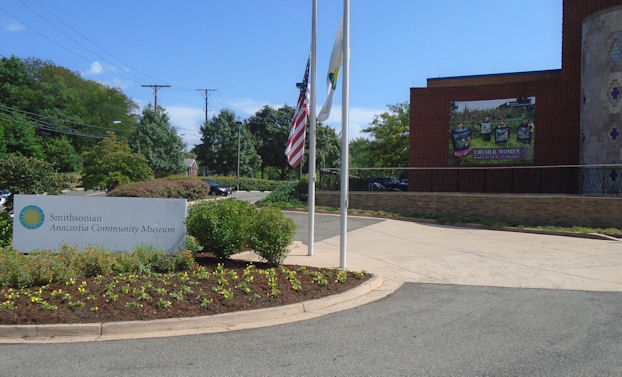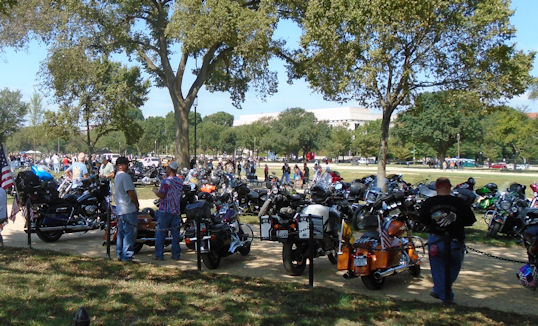
Taxi drivers don’t know how to get to the Anacostia Community Museum, so if you take a taxi be sure to take a printout of the maps and directions. There is a shuttle that runs from the Smithsonian museums on the Mall. It is a distinct disadvantage to be so far from the main flagpole, but it was worth the trip.

The Anacostia museum was founded in 1967 as a way to reach out to Washington’s African-American community. It remains an important priority to be more inclusive and get more people involved in museums. A museum is not just a place that collects a lot of old stuff. It is a cultural anchor for a community, a place for education and a place to make connections. The Anacostia Museum is especially involved in this sort of outreach.

One of their interesting endeavors is the Urban Waterways Project, which aims to help involve communities in the renewal and cleanup of rivers that run through urban areas. Challenges go beyond the the need to clean up. The bigger challenge is to get people involved who have little experience with being involved. An additional caveat is a anxiety that if they make the area too pleasant, it will attract developers who will build luxury apartments or rehab buildings to such an extent that they will become too expensive and drive out the local population.
The ostensible reason I went to Anacostia was to discuss the “Word, Shout, Song” exhibition, which we hope will go to Brazil. It has been translated into Portuguese and is ready to go, but there are logistical and expense considerations.
What is interesting about the exhibition is not the stuff itself, but the research. Lorenzo Dow Turner, a linguist who studied the Gullah language of the South Carolina lowlands. At that time, most people thought Gullah was just bad English. Turner demonstrated the connections between Gullah and West African languages in some grammar and many words. He then went to Brazil and found similar connections in the Brazilian Portuguese of the African diaspora in the Brazil, especially in Bahia and Pernambuco. We hope that this common history can create sustainable connections in Brazil. I am still working for my old post, but also for my assignment.
My picture at top is the Anacostia Community Museum. Below that are some quilts as part of an exhibit. The bottom picture shows motorcycles, part of a demonstration that included thousands of bikers showing solidarity on the anniversary of the 9/11 attacks. Positive & peaceful demonstrations don’t get much media coverage.
